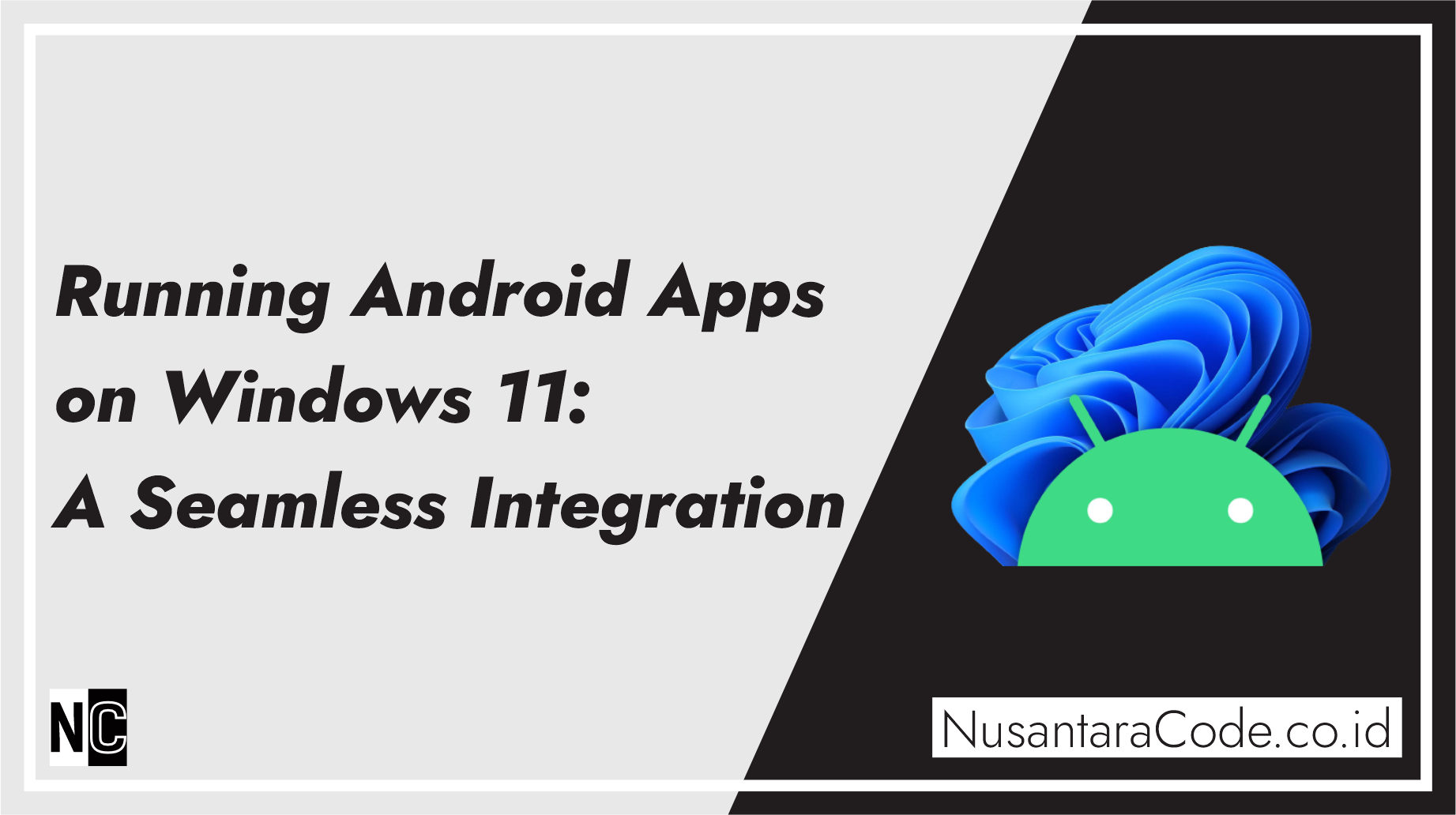With the integration of the Microsoft Store and the Amazon Appstore, Windows 11 has ushered in a new era, allowing users to seamlessly run Android apps on their desktops. This integration bridges the gap between mobile and desktop experiences, enhancing the versatility of Windows 11. In this article, we’ll explore the implications of running Android apps on Windows 11 and how it transforms the user experience.
The Microsoft Store and Amazon Appstore Collaboration
One of the standout features of Windows 11 is the collaboration between the Microsoft Store and the Amazon Appstore. Users can access a broad range of Android apps directly from the Microsoft Store, making it a one-stop shop for both Windows and Android applications. This collaboration significantly expands the app ecosystem available to Windows users, offering a more comprehensive and diverse selection.
Seamless Integration into the Windows Environment
1. Start Menu Integration:
- Android apps installed from the Microsoft Store seamlessly integrate into the Start Menu, providing a cohesive and organized user interface.
2. Taskbar Access:
- Pinned Android apps can be placed on the taskbar, allowing for quick access and a fluid transition between desktop and mobile experiences.
3. Windowed Mode:
- Android apps can be opened in windowed mode, providing users with the flexibility to multitask and work with multiple applications simultaneously.
4. Notification Integration:
- Android app notifications are integrated into the Windows notification center, ensuring a unified and streamlined experience.
Compatibility and Performance
1. ARM64 Architecture Support:
- Windows 11 on ARM devices supports Android apps compiled for the ARM64 architecture, ensuring optimal performance and compatibility.
2. Touch and Pen Input:
- Windows 11’s touch and pen input capabilities enhance the usability of Android apps designed for mobile devices, providing a natural and responsive interaction.
3. Hardware Acceleration:
- Leveraging hardware acceleration capabilities, Android apps on Windows 11 can deliver enhanced graphics performance and responsiveness.
Developers and the Universal Windows Platform (UWP)
1. Adaptation to UWP Standards:
- Developers can optimize their Android apps for the Universal Windows Platform (UWP) to ensure a seamless and native experience on Windows 11.
2. Leveraging Windows Features:
- Integration with Windows features such as live tiles, jump lists, and native notifications allows developers to create more immersive and feature-rich applications.
The integration of Android apps into the Windows 11 ecosystem represents a significant step forward in unifying the desktop and mobile computing experiences. Users now have access to a vast array of Android applications directly from the Microsoft Store, seamlessly integrated into the Windows environment. This collaboration not only expands the app ecosystem but also provides developers with new opportunities to reach a broader audience.
As the integration continues to evolve, it holds the potential to redefine how users interact with applications across different devices. Windows 11’s commitment to providing a unified platform for diverse applications sets the stage for a more versatile and interconnected computing experience, ultimately benefiting both users and developers alike.
